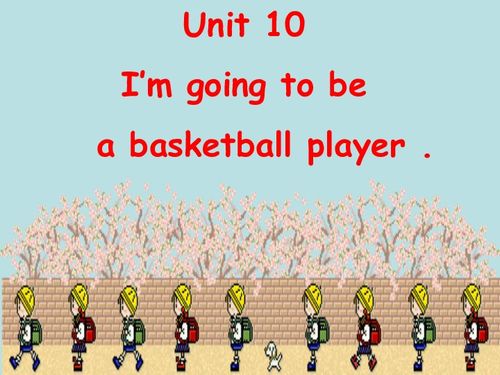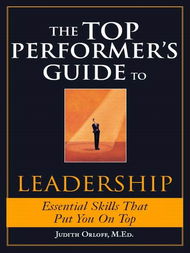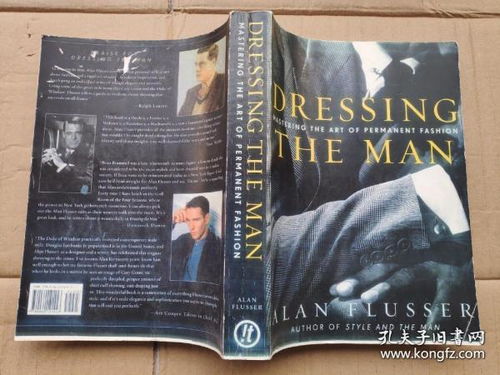本文目录导读:
- Understanding the Basics
- Choosing the Right Equipment
- Basic Fishing Techniques
- Advanced Techniques
- Visual Guide to Fishing Techniques
- Conclusion
Content:
Embarking on the exciting world of fishing can be both thrilling and daunting for a pure beginner. With the right knowledge and a few essential tips, you'll be casting your line like a pro in no time. This article will provide you with a comprehensive guide to fishing, including key techniques and a visual illustration to help you master the art of angling.
Understanding the Basics
Before you start, it's important to understand the basics of fishing. Here's a quick rundown:
- Types of Fishing: There are various types of fishing, including freshwater, saltwater, fly fishing, and ice fishing. Each requires different equipment and techniques.
- Fishing Gear: The essential gear includes a rod, reel, line, hooks, lures, and bait. For beginners, a spinning rod and reel are a great choice due to their ease of use.
- Fishing Spots: Choose a location that suits your type of fishing. Parks, lakes, rivers, and coastal areas are popular spots for beginners.
Choosing the Right Equipment
- Rod and Reel: For beginners, a spinning rod and reel combination is ideal. These are easy to use and provide a good balance between control and sensitivity.
- Line: Use a monofilament line for beginners. It's flexible and less likely to snap under tension.
- Hooks: Choose hooks that match the size of your bait or lures. For freshwater fishing, sizes 6 to 10 are commonly used.
- Lures and Bait: Lures mimic the movement of natural prey, while bait is real food for fish. Start with simple lures like spinners or worms for beginners.
Basic Fishing Techniques
Casting: Learn how to cast your line effectively. Here's a step-by-step guide:
- Hold the rod with both hands, with your index finger on the reel's spool.
- Point the rod tip towards your target.
- With a smooth, continuous motion, bring the rod back and then forward, allowing the line to unwind from the reel.
- Keep the rod tip low and follow through with your casting motion.
Baiting the Hook: Once you've cast your line, you'll need to attach your bait or lure to the hook. Here's how:
- Cut a small piece of bait or thread a lure onto the hook.
- Make sure the bait is secure and won't easily come off.
Fishing Position: Sit or stand comfortably with your feet shoulder-width apart. Keep your knees slightly bent to maintain balance.
Patience: Fishing requires patience. Wait for the fish to bite before setting the hook. You'll often feel a slight tug or resistance before a fish takes the bait.
Advanced Techniques
Once you've mastered the basics, you can explore more advanced techniques:

- Trolling: Dragging a lure or bait behind a moving boat to attract fish.
- Jigging: Moving a lure up and down in the water column to mimic the action of a struggling prey.
- Fly Fishing: Using a fly rod and artificial flies to imitate insects and other aquatic life.
Visual Guide to Fishing Techniques
To help you visualize the techniques mentioned above, here's a step-by-step illustration:
[Insert illustration of casting, baiting the hook, fishing position, and setting the hook]
Conclusion
Fishing is a rewarding hobby that can be enjoyed by people of all ages. By following these beginner's tips and techniques, you'll be well on your way to becoming a skilled angler. Remember, practice makes perfect, so don't be discouraged if you don't catch anything on your first few outings. Happy fishing!












